Kashita Shrine
A Shrine Dedicated to Good Fortune, Academic and Martial Success, the Performing Arts, and Water Deities—Famous for Its “Mizu-mikuji” (Water Fortune-Telling).
Enshrined Deities:Hondawake-no-Mikoto (誉田別命)、Ichikishimahime-no-Mikoto (一杵島姫命)、Ame-no-Koyane-no-Mikoto (天児屋根命)
Kashita Shrine, with over 1,200 years of history, is dedicated to Homudawake no Mikoto, the deity associated with good fortune, protection from misfortune, and success in both academics and martial arts. This shikinaisha shrine is also known for its deep connection to water deities and is widely revered for ensuring safe childbirth and granting wisdom.
The shrine enshrines Ichikishimahime no Mikoto (Benzaiten), the guardian deity of the performing arts, as well as Amenokoyane no Mikoto, a deity from ancient legends known for overseeing rituals and ceremonies. The shrine is famous for its Mizu-mikuji (water fortune-telling), a unique practice where visitors can receive blessings and guidance from water.
In 2024, Kashita Shrine’s Honden (main hall), Haiden (worship hall), Heiden, and Shinzensho were designated as National Registered Tangible Cultural Properties, adding to the historical significance of this sacred site.
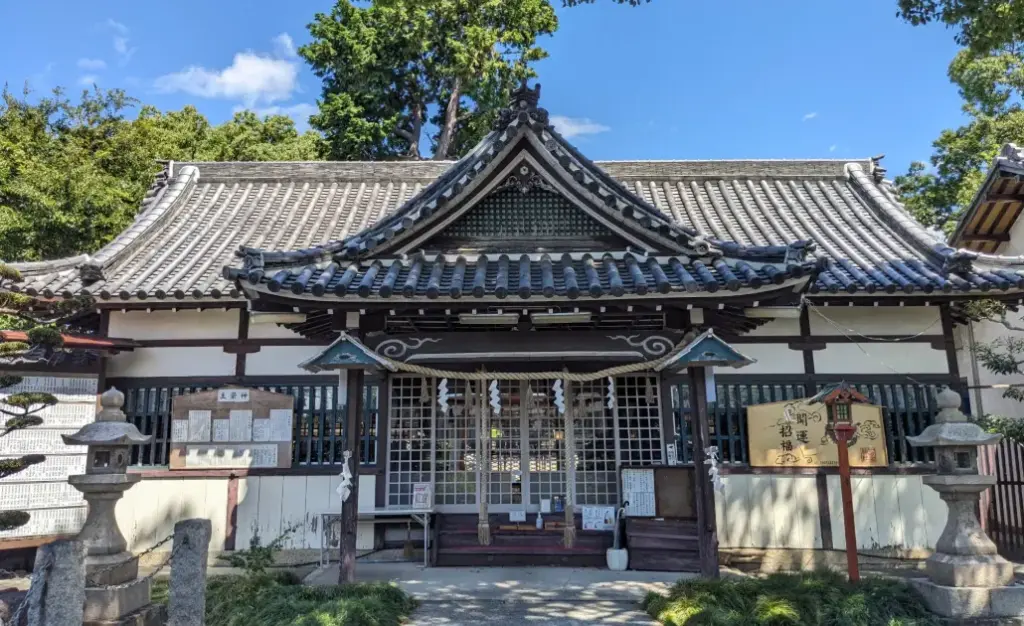
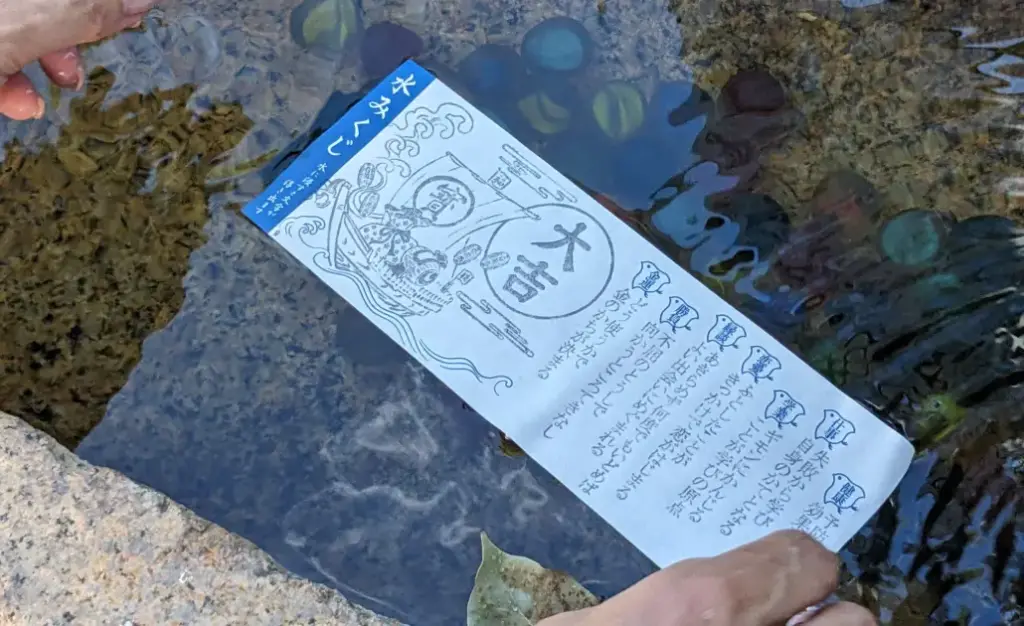
📌 Basic Information
📍 Kashita Shrine
📍 加支多神社
| 📅Reservation | – |
| 📞 Phone | 072-462-1506(Japanese only) |
| 🏠 Address | 1834-2 Tsuruhara, Izumisano City, Osaka, Japan |
| 🚉 Access | 5-minute walk (about 300m) from Tsuruhara Station on the Nankai Main Line |
| 🚗 Parking | Free dedicated parking available |
| 🕒 Visiting Hours | Shrine grounds: Open at all times Shrine office (for amulets and stamps): 9:00 AM – 5:00 PM (may be closed occasionally) |
| 💴 Admission Fee | Free (donations are welcome) |
| 🙏 Main Blessings | Good fortune & fertility (for children and safe childbirth) Business prosperity & financial success Success in academics & martial arts Protection from misfortune & personal advancement Improvement in the performing arts |
| 💳 Payment Methods | Cash (Japanese yen only) |
🔗 Official Website: (No official website provided)
ℹ️ Detailed Information
◆ In 2024, the Honden (main hall), Haiden (worship hall), Heiden (offering hall), and Shinzensho were designated as National Registered Tangible Cultural Properties.
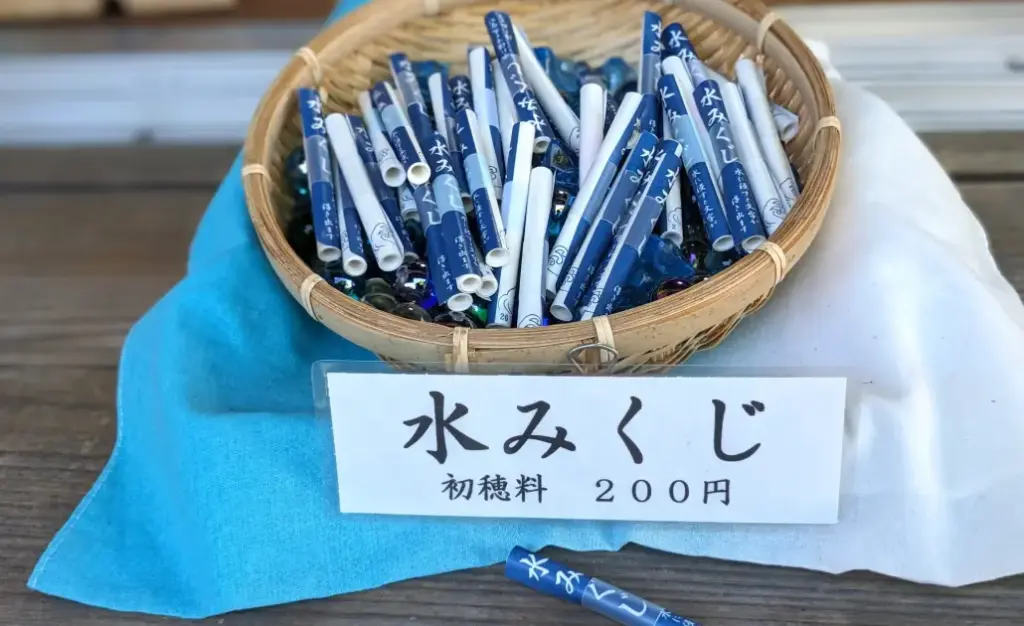
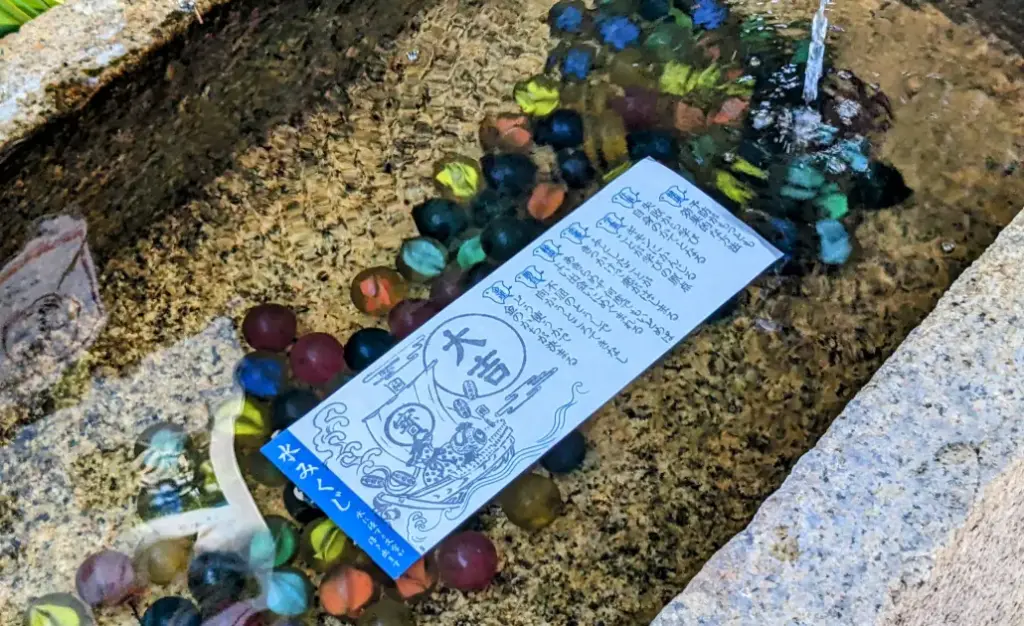
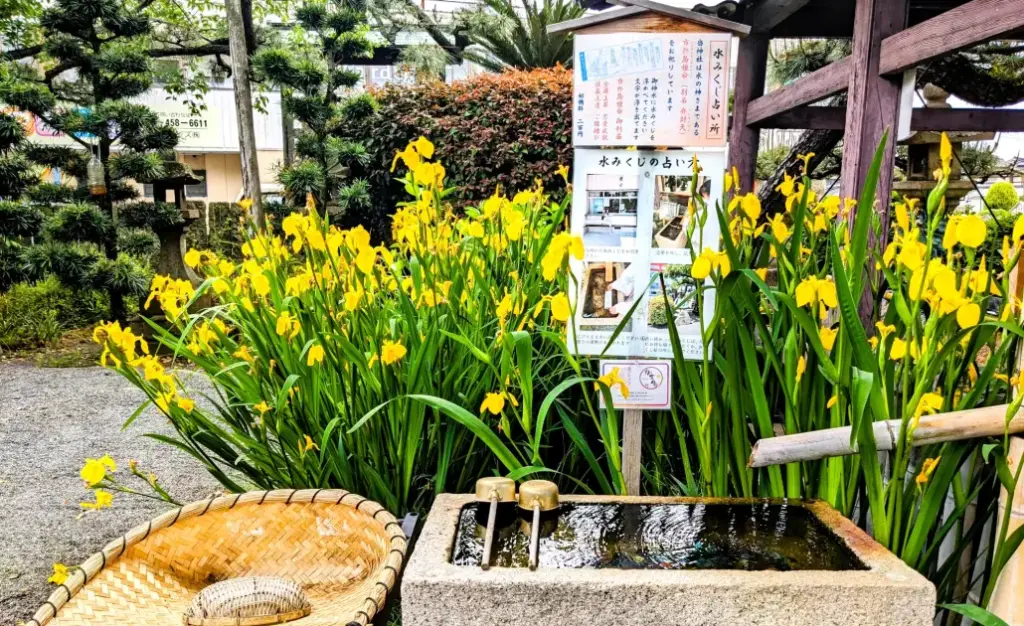
◆ Water Omikuji: A unique fortune slip that appears blank initially. To reveal the hidden message, simply place it unfolded on the shrine’s sacred water, where the words will magically appear.
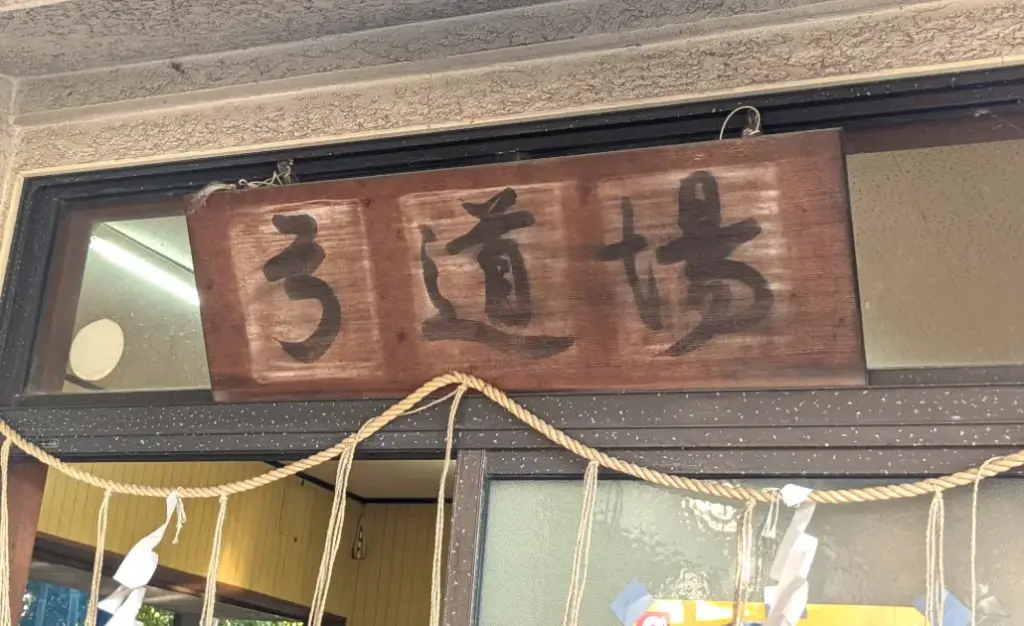
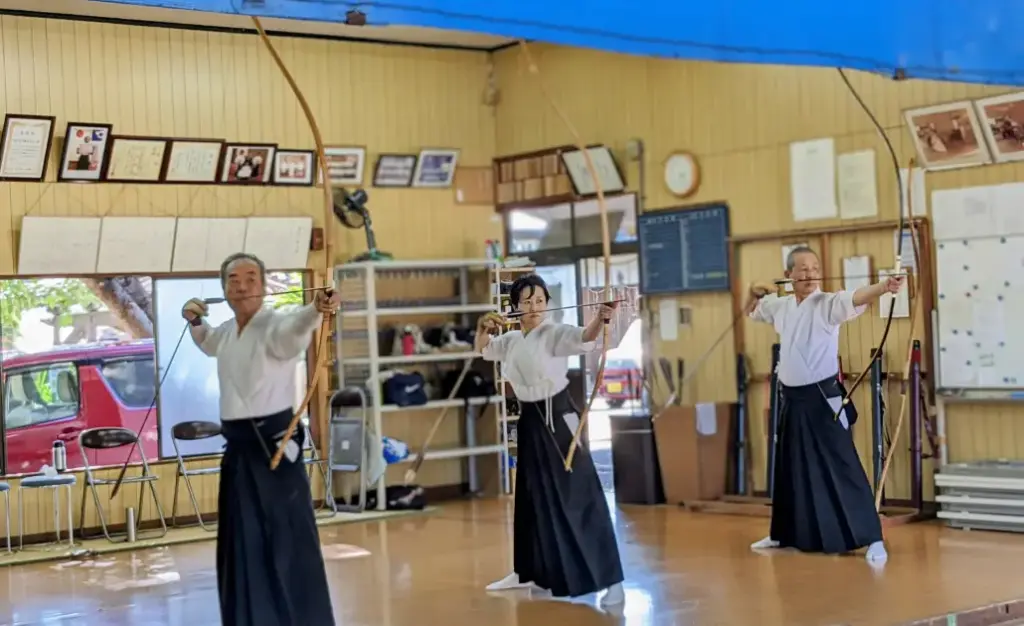
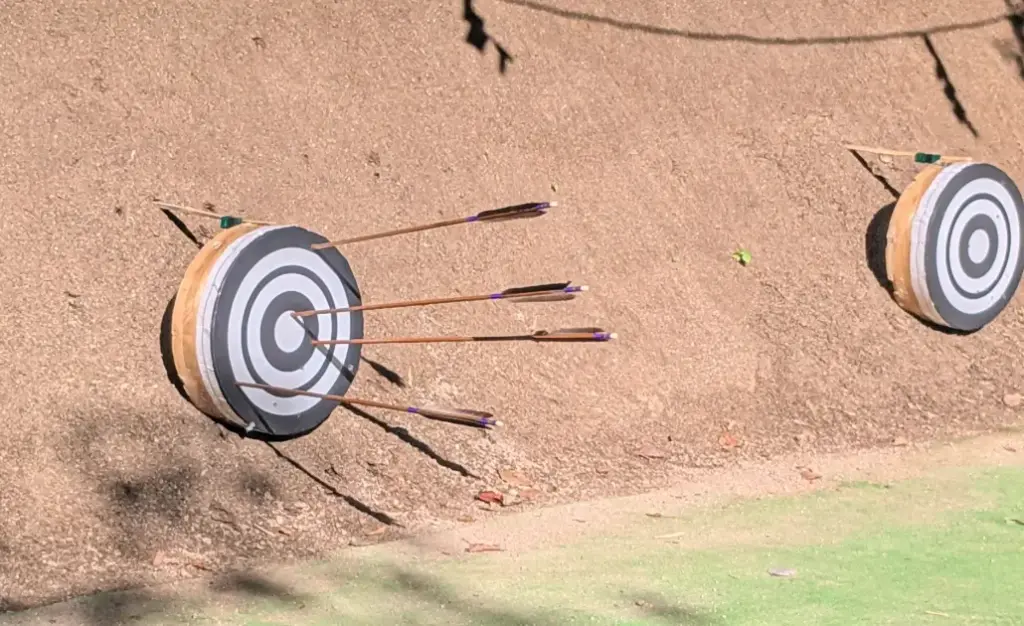
◆ Kyūdō Range (Archery Dojo)
Located at the southernmost point of Osaka, this unique kyūdō range is set within the grounds of Kashita Shrine, offering a peaceful and culturally rich atmosphere.
◆ Founding History
In December 1982 (Shōwa 57), the former chief priest of Kashita Shrine, Tarui Kizaburō (7-dan Kyōshi), personally funded the construction of the archery range, aiming to promote the practice and development of kyūdō.
◆ Activities
The Kashita Hachiman Kyūdō Association holds regular training sessions on Wednesdays, Saturdays, and Sundays.
◆ Visitation
Visitors are welcome to observe the training sessions. However, it is recommended to inquire in advance to confirm availability.
◆ Annual Event
On January 3, kyūdō associations from across Osaka Prefecture gather for the Kashita Hachiman Shinshun Hyakusha-kai, an annual event celebrating the New Year with a special archery tournament.
🔗Kashita Hachiman New Year’s 100 Archery Shots Event
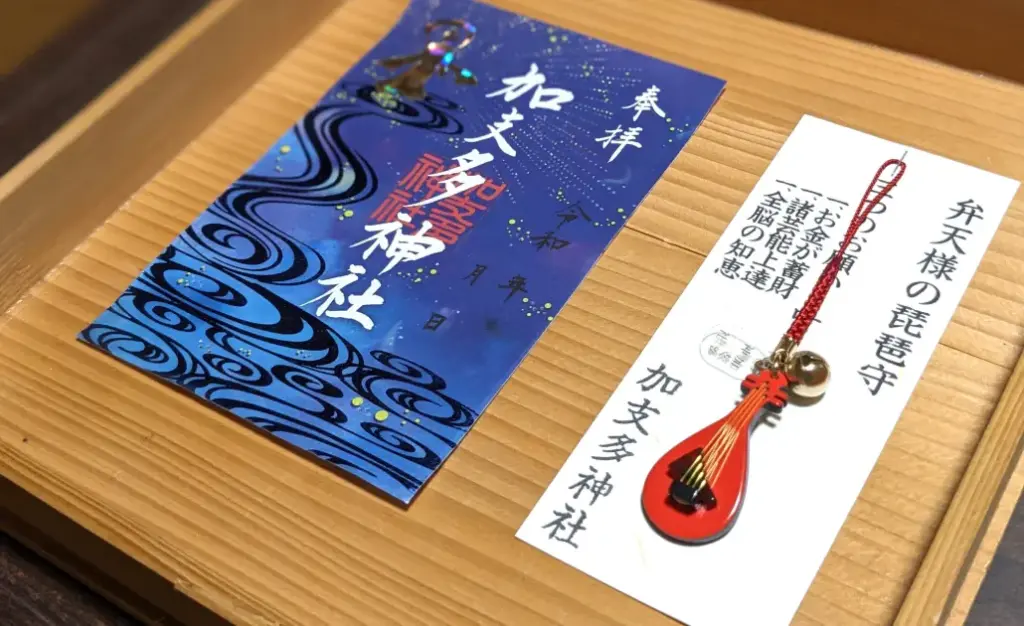
◆ Goshuin (Official Shrine Seal)
The Goshuin at Kashita Shrine features Ichikishima-hime no Mikoto, the goddess of water, beautifully adorned in gold foil. These special seals have been available since January 1, 2024 (Reiwa 6), and are granted on the 1st, 15th, and every Saturday, Sunday, and national holiday each month.
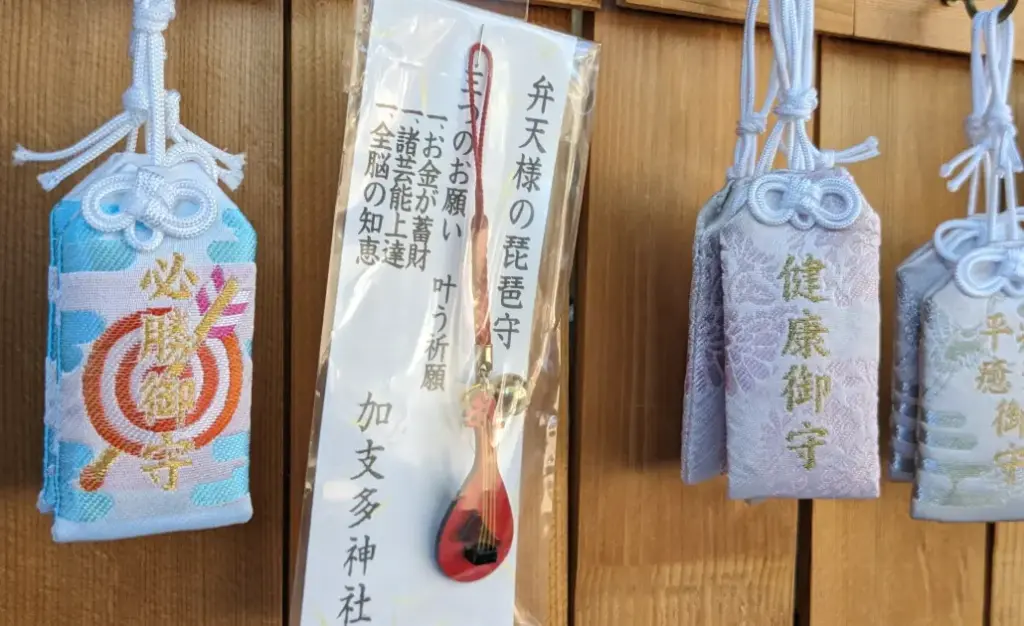
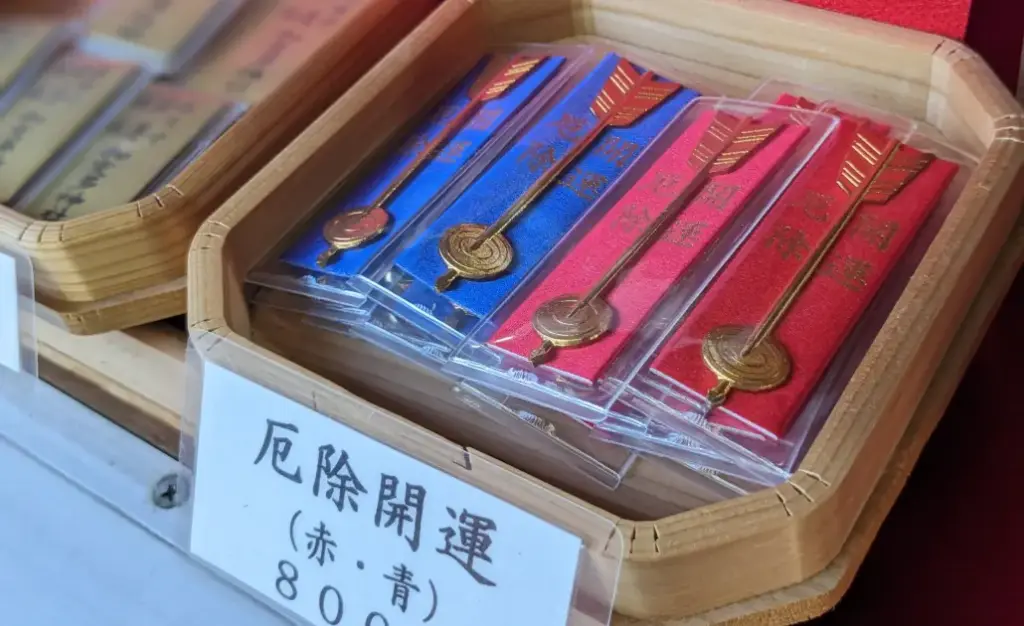
◆Omamori (Protective Amulets)
The arrow-shaped omamori is believed to bring good fortune and ward off misfortune. Another popular amulet is the Biwa omamori, dedicated to Benzaiten, the goddess of music and the performing arts, which is sought after for enhancing skills in these areas.
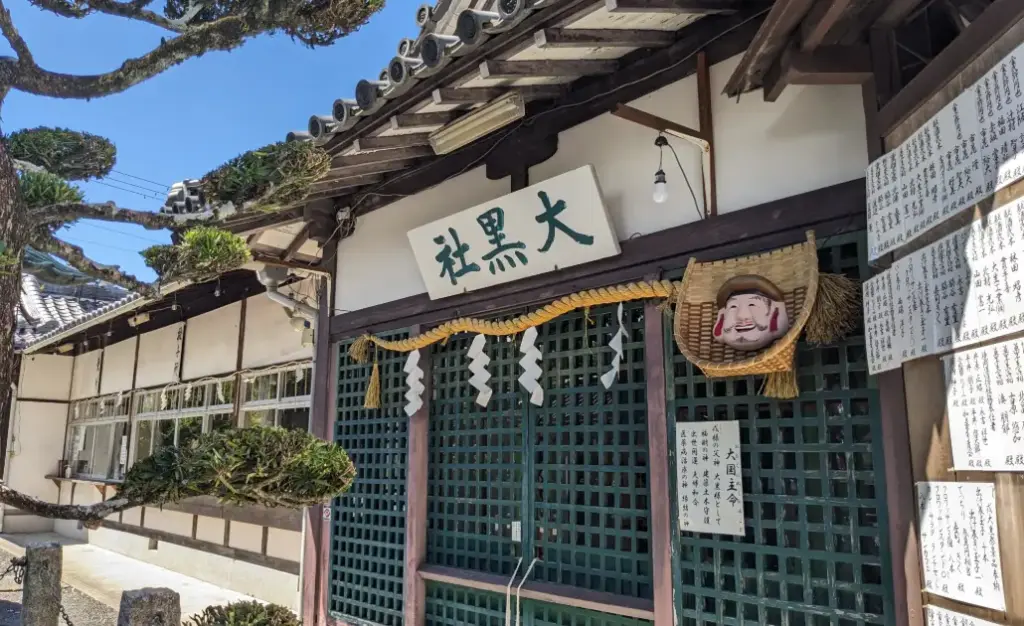
◆Daikoku-sha (Ōkuninushi no Mikoto)
Daikoku-sama, revered as the father of Ebisu, is believed to bring blessings in wealth, health, healing, and matchmaking.
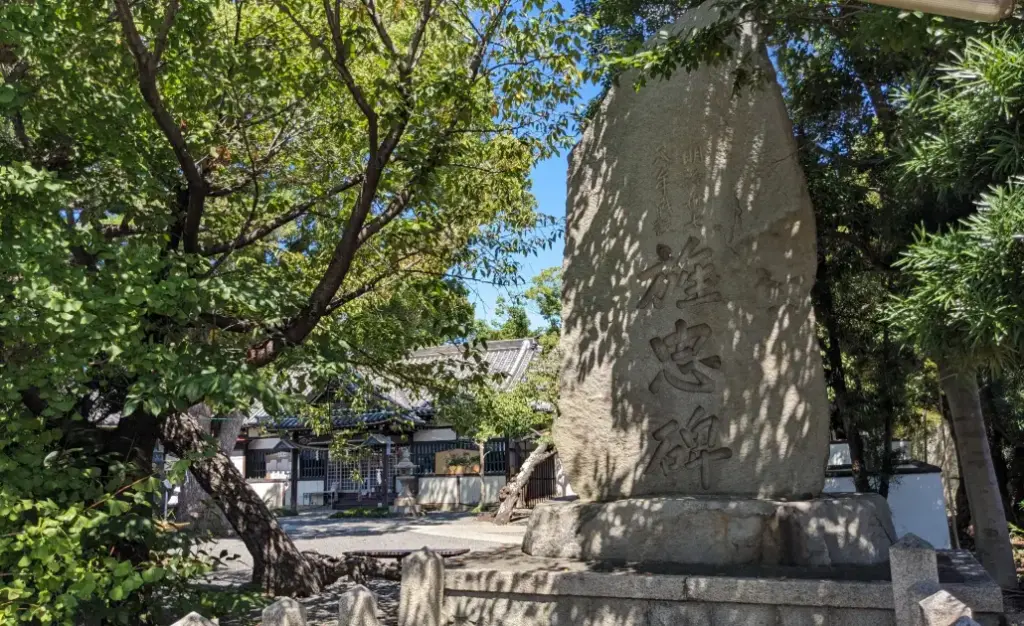
◆One of the “Rokusha Mairi” (Six-Shrine Pilgrimage) During New Year
Kashita Shrine is part of the special “Rokusha Mairi” (Six-Shrine Pilgrimage) route, a tradition for welcoming good luck and fortune in the New Year.
⭐ Highlights
◆ National Recognition in 2024
In 2024, the Honden (main hall), Haiden (worship hall), Heiden (offering hall), and Shinzensho at Kashita Shrine were designated as National Registered Tangible Cultural Properties.
◆ Shrine Name and Local Connection
Kashita Shrine is named after the local area “Kakita” (also written as Kaida) and is affectionately referred to as “Kashita Ebisu” or “Tsuruhara Ebisu” by the local community.
◆ Ebessan Celebrations
From January 9 to 11, the shrine becomes lively with visitors celebrating Ebessan, the deity of business prosperity.
◆ Autumn Grand Festival
In October, the Autumn Grand Festival is held, where four traditional Danjiri (festival floats) from the local community are presented to the shrine.
🏞️ Recommended Nearby Attractions
![]() Restaurants / Shrines and Temples / Accommodations, etc.
Restaurants / Shrines and Temples / Accommodations, etc.

Ichi – Specialty Dashimaki Tamago Takeout Shop

Croissant Stand Maru

Cafe Gallery Ie de no Kozuchi
⛩️How to Worship at Shrines and Temples
MAP


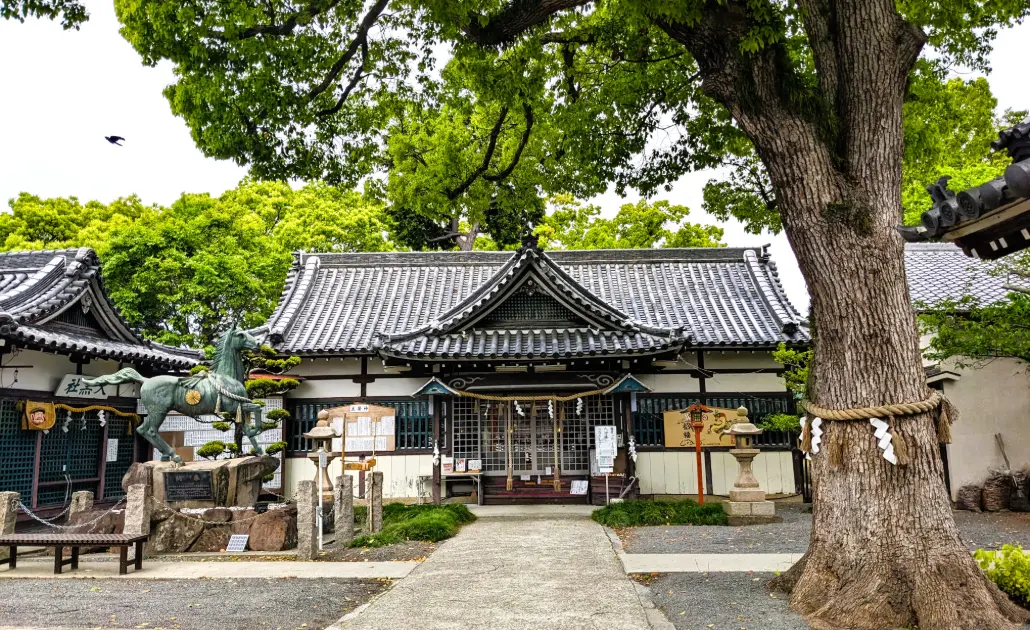
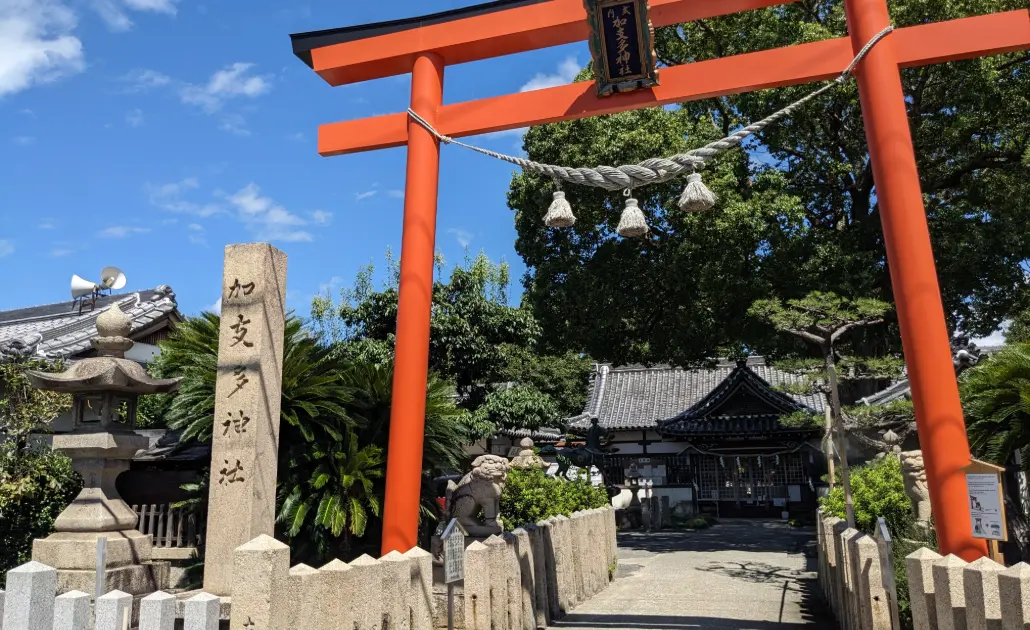
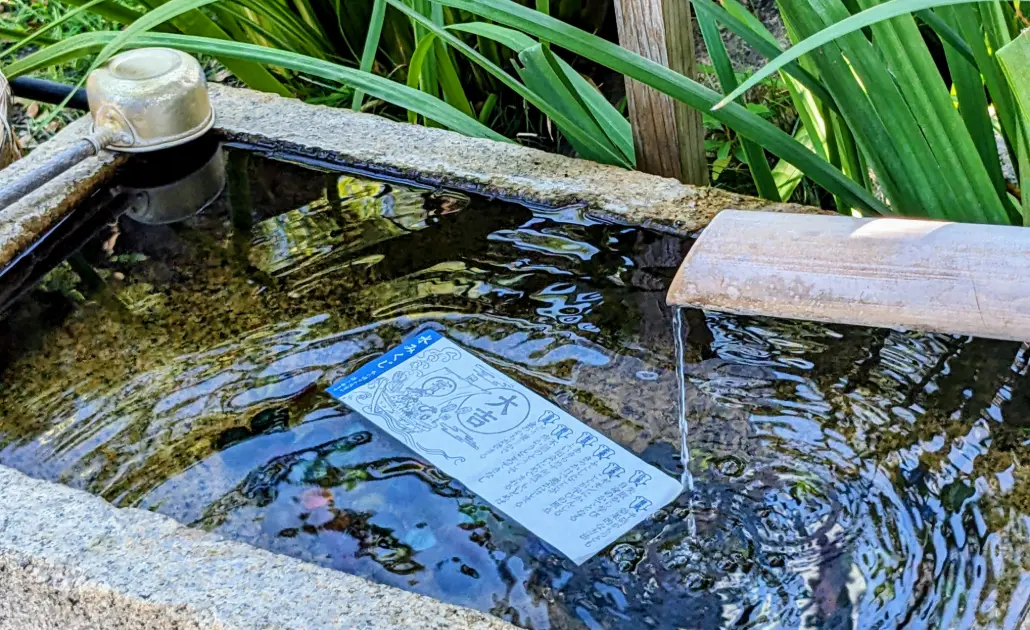
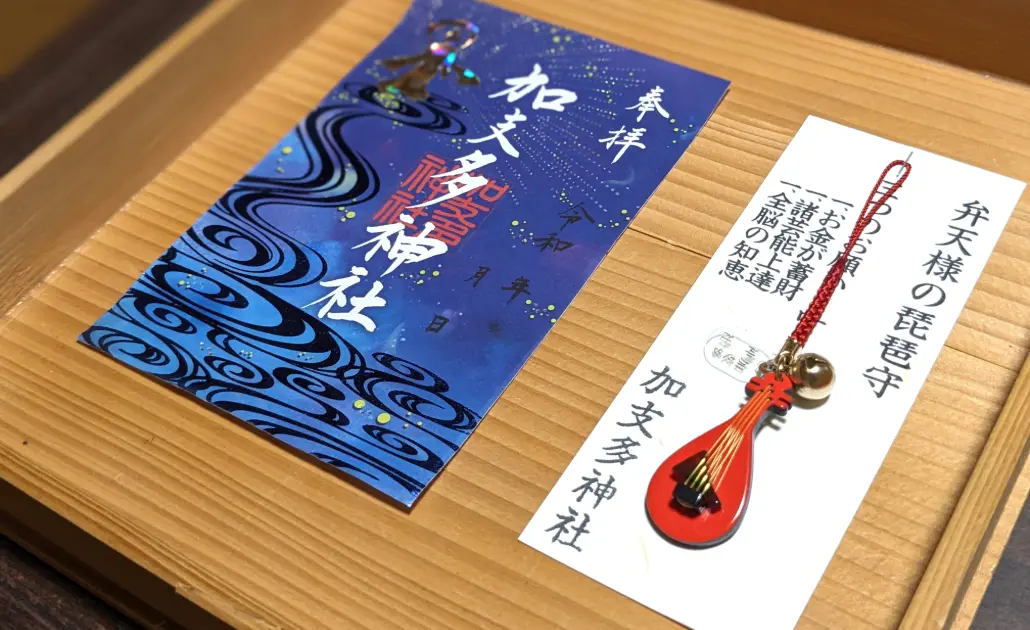
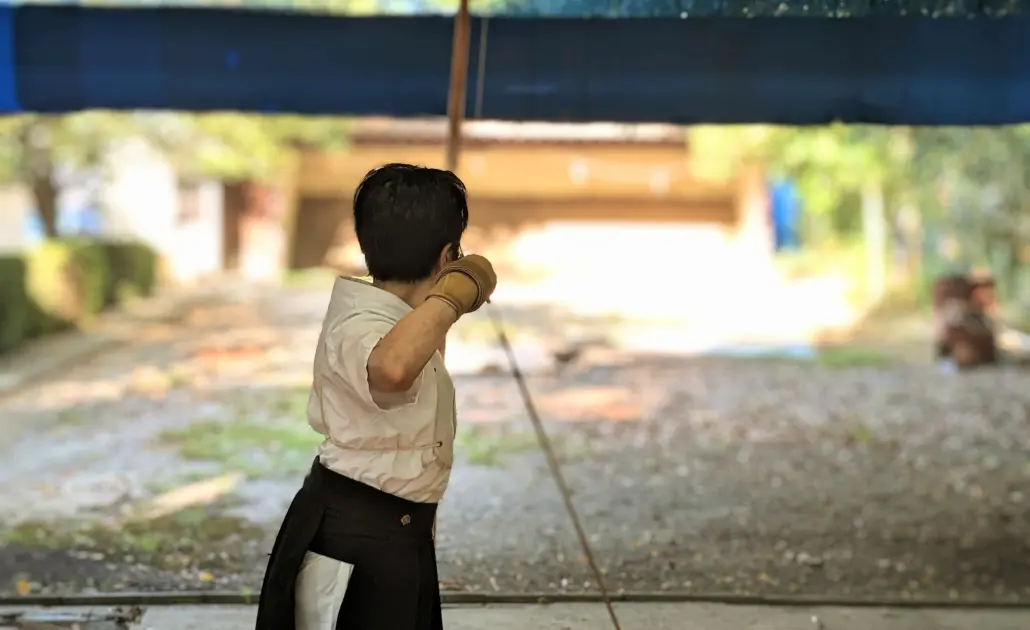
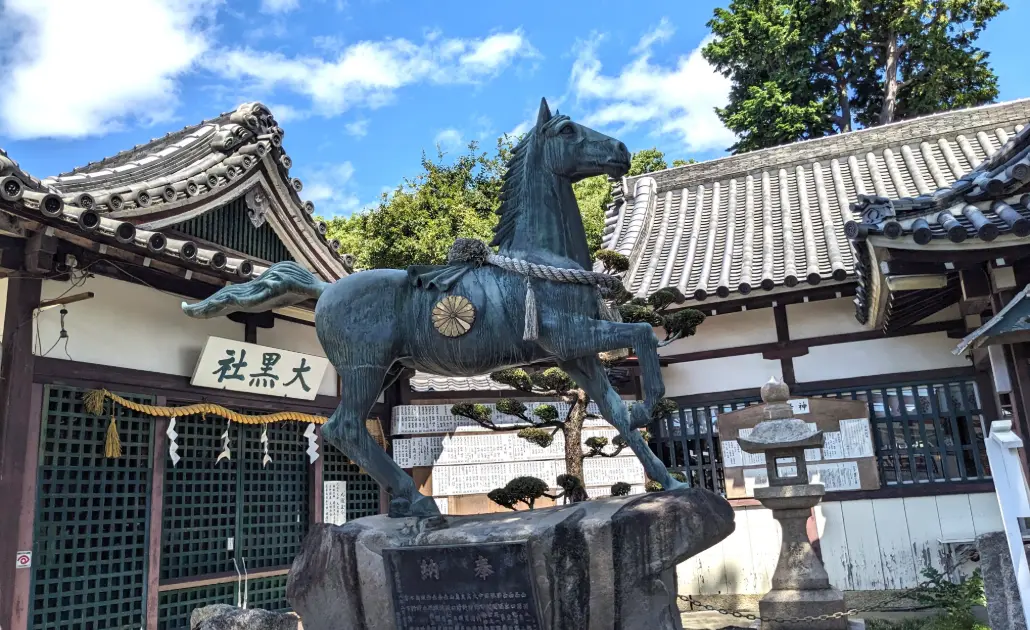
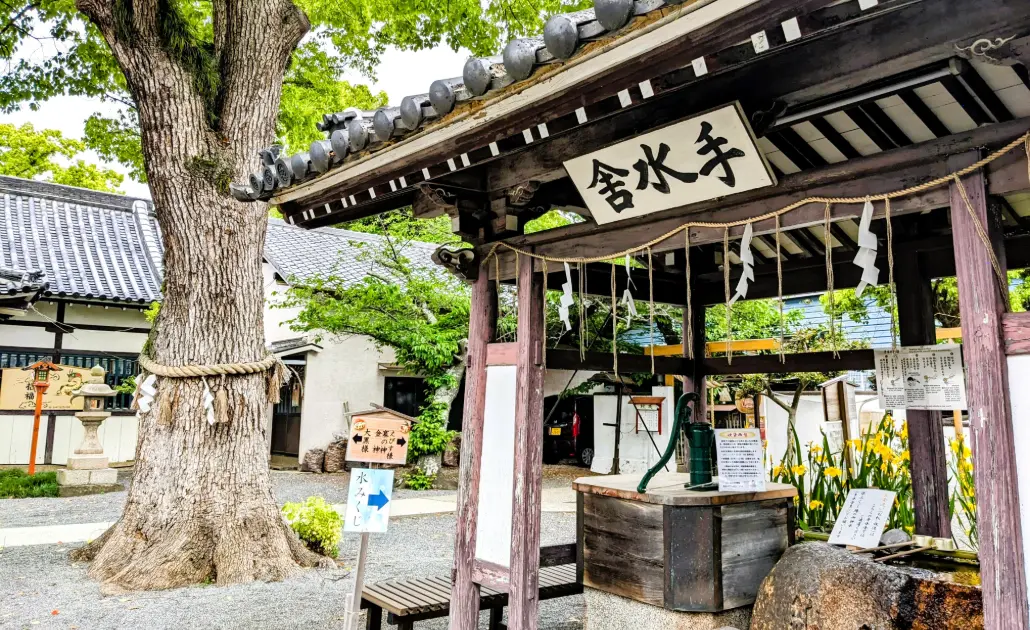

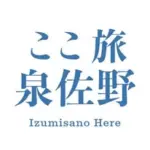

Comment